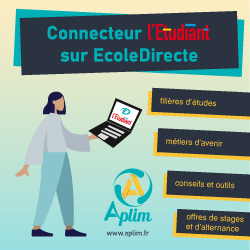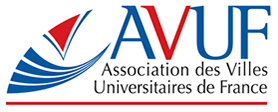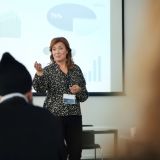
All it takes is a flew clicks on MIT's OpenCourseWare (OCW) site to tap into a world of online resources. The university has been providing free access to its classes since 2001. Every month, 2.5 million users visit the site to view 2,200 files' worth of educational materials. The goal is to reach one billion users by 2021.
Other schools worldwide have since followed suit, making MIT the leader in open education. During EducPros' U.S. Learning Expedition in April, we met with Cecilia d'Oliveira, Associate Dean of Digital Learning at MIT. For her, "The original concept was very simple. By offering access to our classes, we wanted to give everyone the chance to expand their knowledge."
An office of digital learning
In addition to its OCW courses, MIT has been sharing MOOCs on the edX platform since 2012. The MITx MOOCs go one step further than OCW by offering students course attendance and completion certificates. Better still, the top students in MIT's digital class of 2014 had the chance to spend a week on campus at an academic boot camp. According to d'Oliveira, this is part of MIT's plan to "reinvent itself" by reaching a larger audience.
Further proof of this plan was the 2012 founding of MIT's Office of Digital Learning (ODL). There, faculty and researchers work to develop new tools and platforms and analyze users' needs and expectations. Among other things, the office is studying the role of online courses in the traditional educational model.
Roughly half of MIT's residential undergraduate students use the school's online course platform, Residential MITx. By providing online exercises, videotaped lectures and educational games, "the tool allows students to spend class time on more active learning," according to the ODL.
MIT summed up its ambitions in a 2014 report, stating, "We see a future in which the MIT residential education model is not threatened, but rather strengthened [by] new online educational tools [that] enrich the interactions between faculty and students by maximizing time for hands-on learning."






